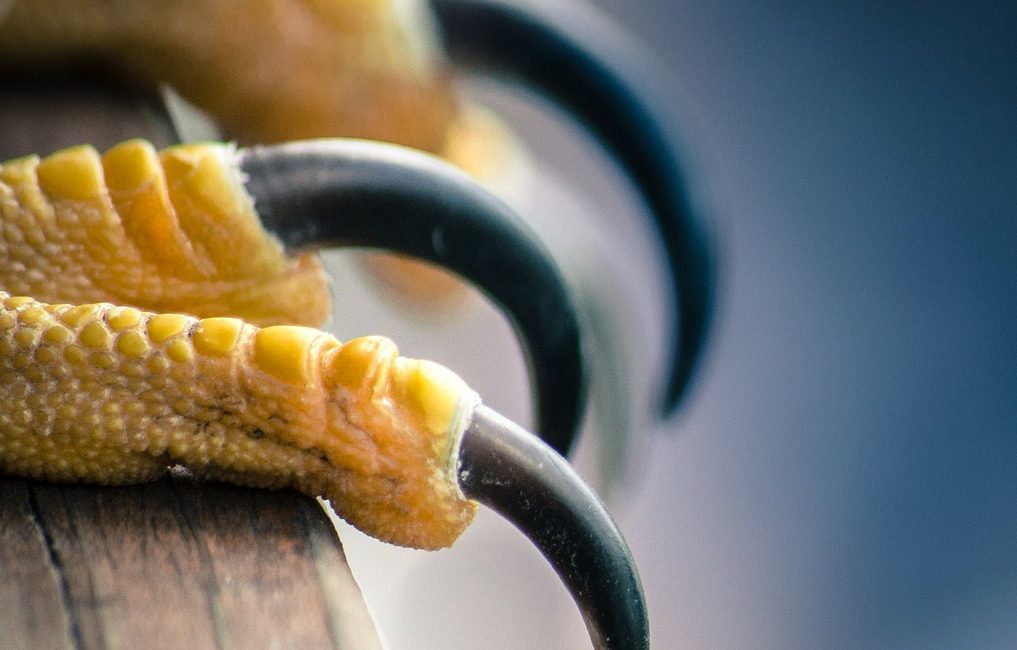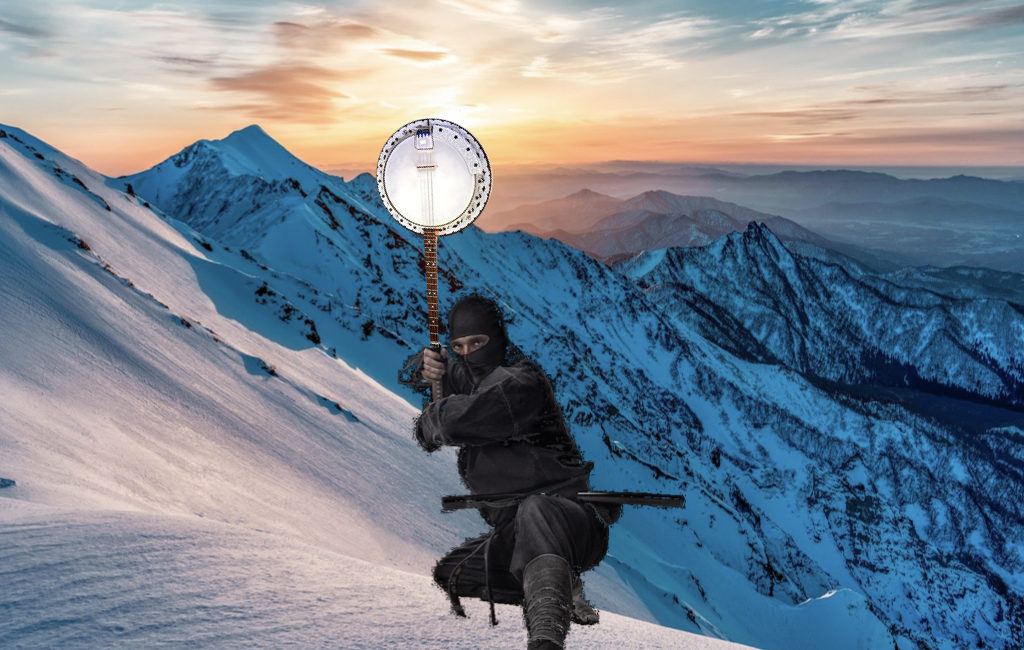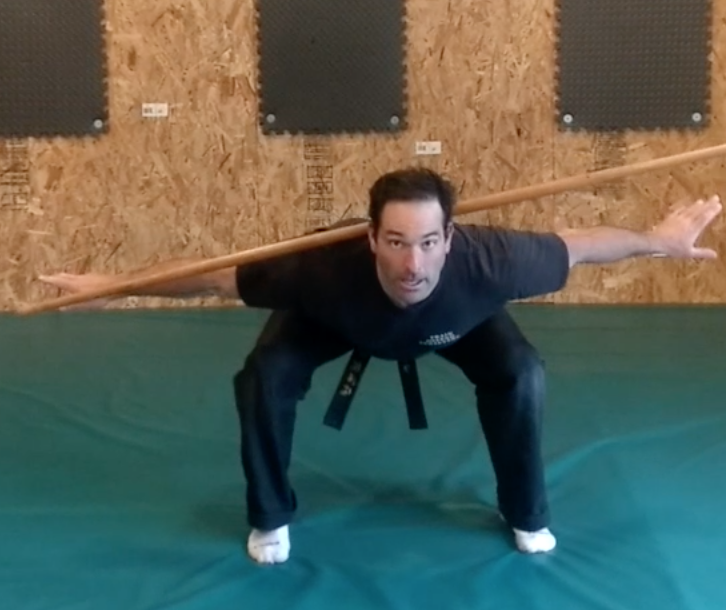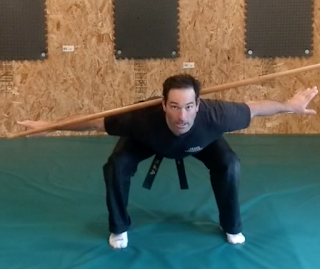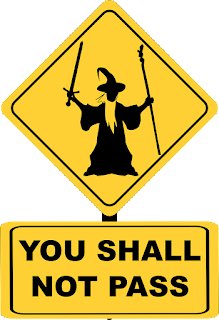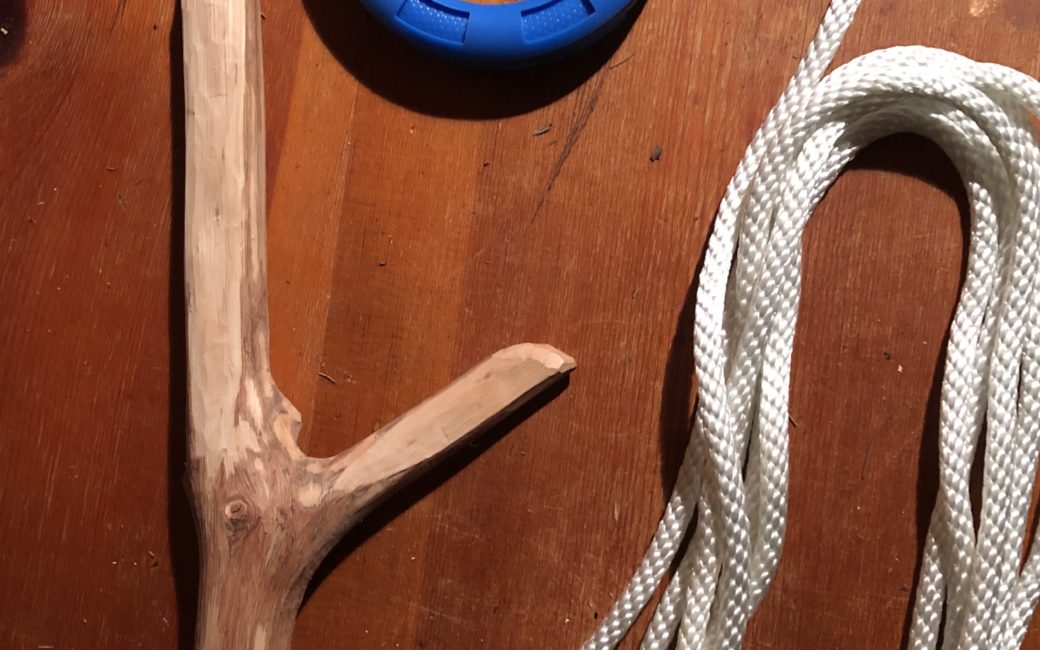I remember staring down at my hand as the reality of the situation sank in. Literally.
A hawk’s talon was sinking into the center of my palm. I had eight additional puncture wounds on my hand that were bleeding.
I gripped the back talon, the most powerful of all the toes called the halux, with my finger and tried to slowly pull the small dagger out of my hand. This only caused the hawk to resist and tighten its grip. The searing pain was intense. After a brief struggle I was able to wrench its grip loose. In a flurry of wings it whirled and retreated to the back corner of the modified dog kennel and jumped on its perch. I slammed the door quickly behind it.
A few minutes prior I was assisting with putting a radio transmitter on another hawk at a table in the forest. We were a team of biologists working with the endangered Hawaiian Hawk, or ‘Io as it was known. We were also studying and trying to save a critically endangered bird called the Hawaiian Crow or ‘Alala. The problem was that recently the endangered hawks had started to eat the critically endangered crows. One component of trying to solve this problem was to assess the situation first, which involved learning about where the hawks lived, moved, nested, and other natural history. Thus our reason for catching hawks that day.
My friend Peter who was a master falconer at the time with the Peregrine Fund was finishing the stitches on the harness of a hawk.
“Ken, can you go get the next hawk out of the kennel and bring it here?” he asked.
Being new to working with this bird of prey, I was more than eager. “Sure!” I said.
I looked at Peter and noticed that he was bare handed as he finished working with the current hawk, which had a falconer’s hood on its head to calm it down.
Hmmm. Well if Peter doesn’t need leather gloves, I guess I don’t either.
Big mistake.
When I arrived at the kennel, I slowly opened the door and eased my bare hand in towards the bird that was sitting on its perch to grab it.
In an instant, there was a blur of feathers and lunging feet. Within a couple of seconds it had lashed me with its talons multiple times, one of which sunk into the center of my palm.
After I removed the halux, I stared at my bleeding hand that day and thought of two things:
#1 The swiftness of its feet, and…
#2 The power of the talons from a bird of that size.
I returned sheepishly to Peter and asked, “How did you get the bird out of the cage bare handed?”
Peter laughed and said, “What, are you crazy? I wear leather gloves for that. I take them off after I get the hood on the bird.”
I still have a faint red dot in the center of my palm that reminds me of that day.
But what does this story have to do with a ninja blog?
Two things.
One- there is a history of ninjas or shinobi as master falconers.
Many ninja clans or families were falconers that were closely embedded with emperors, daimyo lords and shoguns. Falcon masters were known as Takasho or Takajo who had intimate knowledge of inner workings of people of power.
They also often had the ability to move freely outside of their homeland, something few people were able to do. These abilities allowed them to develop relationships with spies and shinobi. The Takasho could roam the territories, take in information, and report back to their superiors.
 There is a recent book that details this that I highly recommend by Sean Askew titled Hidden Lineage: The Ninja of the Toda Clan. This is one of my favorite books on the history of shinobi.
There is a recent book that details this that I highly recommend by Sean Askew titled Hidden Lineage: The Ninja of the Toda Clan. This is one of my favorite books on the history of shinobi.
The second ninja connection is the video we have for you today.
Today we have a video by Sensei Roemke that incorporates this feeling and action. It is called Shun Soku, or “footwork swift like a falcon” from Gyokko Ryu.
This is another video from our Ninja Training TV Live classes that Dai Shihan Mark Roemke teaches each week. In the previous blog he teaches another skill about henka from a recent NTTV Live class.
Get your katana ready for this one!
When I practice this move I like to imagine myself as that hawk in the kennel that day with lightning swift feet, taking on a giant 20 times my size, feathers on my back, fresh mouse in my belly.
Ok, maybe not the mouse.

(Here's a blast from the past- a pic of me releasing an 'Io into the Hawaiian forest.)
